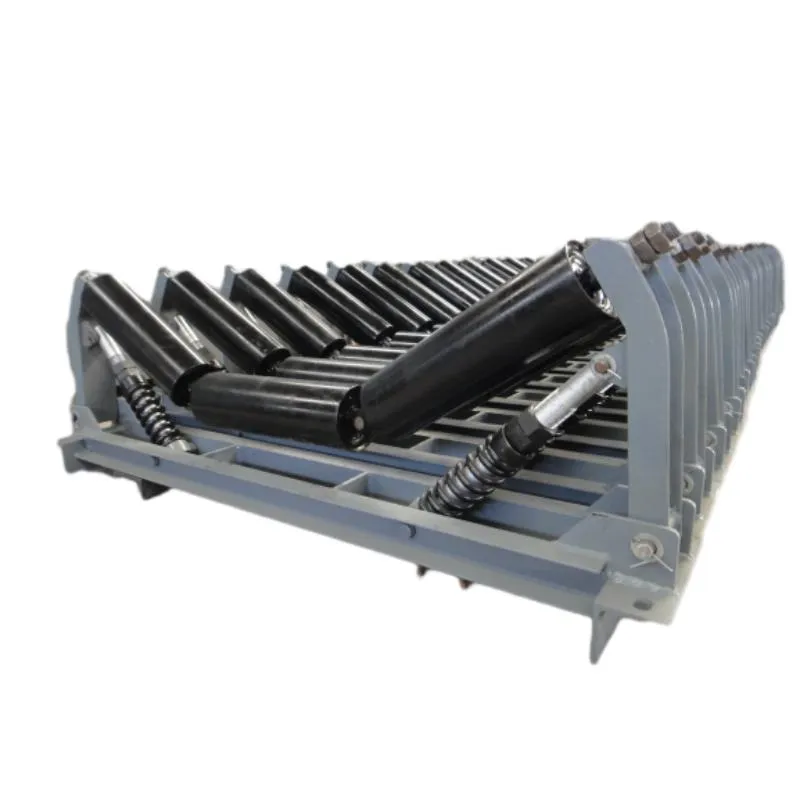 Afrikaans
Afrikaans  Albanian
Albanian  Amharic
Amharic  Arabic
Arabic  Armenian
Armenian  Azerbaijani
Azerbaijani  Basque
Basque  Belarusian
Belarusian  Bengali
Bengali  Bosnian
Bosnian  Bulgarian
Bulgarian  Catalan
Catalan  Cebuano
Cebuano  Corsican
Corsican  Croatian
Croatian  Czech
Czech  Danish
Danish  Dutch
Dutch  English
English  Esperanto
Esperanto  Estonian
Estonian  Finnish
Finnish  French
French  Frisian
Frisian  Galician
Galician  Georgian
Georgian  German
German  Greek
Greek  Gujarati
Gujarati  Haitian Creole
Haitian Creole  hausa
hausa  hawaiian
hawaiian  Hebrew
Hebrew  Hindi
Hindi  Miao
Miao  Hungarian
Hungarian  Icelandic
Icelandic  igbo
igbo  Indonesian
Indonesian  irish
irish  Italian
Italian  Japanese
Japanese  Javanese
Javanese  Kannada
Kannada  kazakh
kazakh  Khmer
Khmer  Rwandese
Rwandese  Korean
Korean  Kurdish
Kurdish  Kyrgyz
Kyrgyz  Lao
Lao  Latin
Latin  Latvian
Latvian  Lithuanian
Lithuanian  Luxembourgish
Luxembourgish  Macedonian
Macedonian  Malgashi
Malgashi  Malay
Malay  Malayalam
Malayalam  Maltese
Maltese  Maori
Maori  Marathi
Marathi  Mongolian
Mongolian  Myanmar
Myanmar  Nepali
Nepali  Norwegian
Norwegian  Norwegian
Norwegian  Occitan
Occitan  Pashto
Pashto  Persian
Persian  Polish
Polish  Portuguese
Portuguese  Punjabi
Punjabi  Romanian
Romanian  Russian
Russian  Samoan
Samoan  Scottish Gaelic
Scottish Gaelic  Serbian
Serbian  Sesotho
Sesotho  Shona
Shona  Sindhi
Sindhi  Sinhala
Sinhala  Slovak
Slovak  Slovenian
Slovenian  Somali
Somali  Spanish
Spanish  Sundanese
Sundanese  Swahili
Swahili  Swedish
Swedish  Tagalog
Tagalog  Tajik
Tajik  Tamil
Tamil  Tatar
Tatar  Telugu
Telugu  Thai
Thai  Turkish
Turkish  Turkmen
Turkmen  Ukrainian
Ukrainian  Urdu
Urdu  Uighur
Uighur  Uzbek
Uzbek  Vietnamese
Vietnamese  Welsh
Welsh  Bantu
Bantu  Yiddish
Yiddish  Yoruba
Yoruba  Zulu
Zulu Components and Functionality of Conveyor Belt Systems in Industrial Applications
Understanding Conveyor Belt System Parts A Comprehensive Guide
Conveyor belt systems are integral to various industries, including manufacturing, logistics, and mining. These systems are designed to transport materials efficiently from one point to another. Understanding the key components of a conveyor belt system is crucial for anyone involved in the maintenance, design, or operation of such systems.
At the heart of any conveyor belt system is the conveyor belt itself. Made from durable materials, the belt is responsible for carrying the load. Depending on the application, belts can be made from rubber, nylon, or metal. Each material offers unique advantages in terms of strength, flexibility, and resistance to environmental factors.
Understanding Conveyor Belt System Parts A Comprehensive Guide
Belt tensioning systems are also vital components that help maintain the appropriate tension in the conveyor belt. This is crucial because too much tension can lead to wear and tear, while too little can cause slippage. Various methods exist for tensioning, including manual adjustments and automatic tensioning systems.
conveyor belt system parts

Another important part of the conveyor system is the frame, which provides structural support for the entire assembly. The frame is usually made of steel or aluminum and must be robust enough to withstand the weight and movement of materials being transported. Good frame design is essential for ensuring the longevity and reliability of the conveyor system.
Conveyor belt accessories, such as side guards, sleeves, and cleats, play a significant role in enhancing the system's functionality. Side guards prevent materials from falling off the edges, while cleats are used to improve grip, especially on inclined surfaces. These accessories can be customized according to specific operational needs.
Lastly, effective control systems are essential for the operation of conveyor belt systems. These can range from simple on/off switches to sophisticated programmable logic controllers (PLCs) that allow for advanced automation. The control system ensures that the conveyor operates efficiently and safely, often integrating with sensors that monitor the system’s performance.
In conclusion, a conveyor belt system is composed of several key components, including the conveyor belt, pulleys, tensioning systems, frames, accessories, and control systems. Understanding these parts and their functions is essential for anyone looking to optimize conveyor operations. As industries continue to evolve, advancements in conveyor technology will further enhance efficiency and productivity.
-
Revolutionizing Conveyor Reliability with Advanced Rubber Lagging PulleysNewsJul.22,2025
-
Powering Precision and Durability with Expert Manufacturers of Conveyor ComponentsNewsJul.22,2025
-
Optimizing Conveyor Systems with Advanced Conveyor AccessoriesNewsJul.22,2025
-
Maximize Conveyor Efficiency with Quality Conveyor Idler PulleysNewsJul.22,2025
-
Future-Proof Your Conveyor System with High-Performance Polyurethane RollerNewsJul.22,2025
-
Driving Efficiency Forward with Quality Idlers and RollersNewsJul.22,2025





























